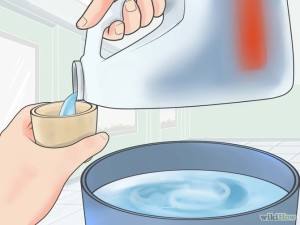In light of the recent flooding in South Carolina’s lowcountry, we’ve decided to write a blog post on how you can remove mold in your home if you’ve had water damage.
Although most mold is relatively easy to remove, you should follow these 4 cleaning tips to be sure you succeed :
1) Drain Out Any Standing Water : This is the first and most important step and is really a no-brainer. Molds favors damp areas, so it is key to make sure that the affected area has time to dry before you start the clean-up process. It’s also a good idea to bring out any fans or heaters you might have in the home to speed up the drying out.
2) Wash Any Soft Surfaces : Soft surfaces include items like rugs, pillows, and couch cushions. If you don’t have time to lug everything to the dry cleaners you can simply lie them out on the grass in the sun (it’s is a natural mold killer). However, we recommend to be extra safe you should take everything to your local dry cleaner.
3) Clean The Walls : This is another very important step as mold can find its way behind the surface of the walls through cracks, and trust us you DON’T want to have mold growing where you can’t see it.
Luckily it is a rather simple procedure; all you need to do is combine 1 part distilled vinegar to 9 parts water in a spray bottle. Spray the solution on the walls aiming at least 12-inches higher than the visible water damage line to ensure that you kill the bacteria. Let it sit on the walls a few moments (or up to an hour depending on the severity of the mold) and gently wipe off with a clean sponge or paper towel.
4) Clean Any Wood Furniture : Chances are that the base of your furniture will have come in contact with the flood waters, so it is essential to make sure they are cleaned properly to avoid keeping any mold spores in the home.
If they aren’t warped, you can wipe them down with a clean rag and denatured alcohol. While denatured alcohol generally doesn’t affect wood finishes, you should test the alcohol in a small surface before rubbing the whole piece down. Once cleaned with denatured alcohol, wood pieces should be allowed to dry fully before being sprayed with a standard store-bought disinfectant.
Doing as much as you can to remove the mold is only part of the solution, if you want to make sure that ALL the mold spores have been killed it’s a good idea to send them for analysis and to contact a professional to come to your home to verify that everything is spick and span.

